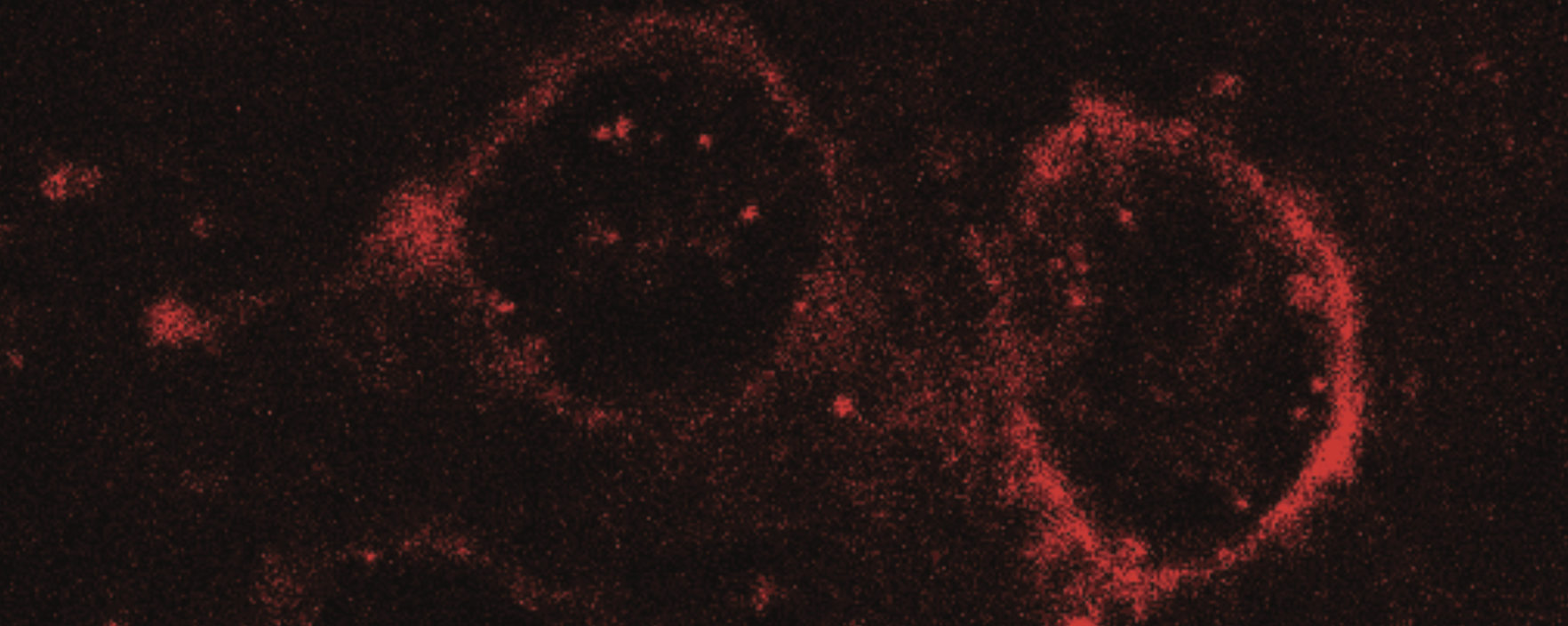Predicting insertion: external force application onto cells allow nanowire arrays to insert into cytosol
Resumé
The use of vertical nanowires in biosensing application is limited by the extend of how efficient nanowires can reach the intracellular domains. Studies have found nanowire insertion to be successful through single nanowire experiments with high force pr. nanowire, using AFM. This is inadequate for producing high throughput analysis of several cells with multiple nanowires inserting in each cell. Here, we present a model for prediction of the nanowire insertion rates, when centrifugating cell samples down onto arrays of vertical indium arsenide nanowires, with a diameter of 100 nm, height of 3 μm and spacing of 3-5 μm. The model utilizes sedimentation rate of cells in conjunction with the centrifugal force field applied to objects subjected to centrifugation. Various conditions tested with the model, including lowering the temperature of the experiment from room temperature to 4 °C, show that cell viability is not negatively affected by any of the conditions. The insertion rate has been shown to be largely affected by the density of the nanowire array substrate, with a lower density resulting in a higher NW insertion rate, as the model predicts. The percentage of cells with at least one successful nanowire insertion is, however, oppositely affected by density, as a higher density results in larger percentage of cells with successful insertions.




